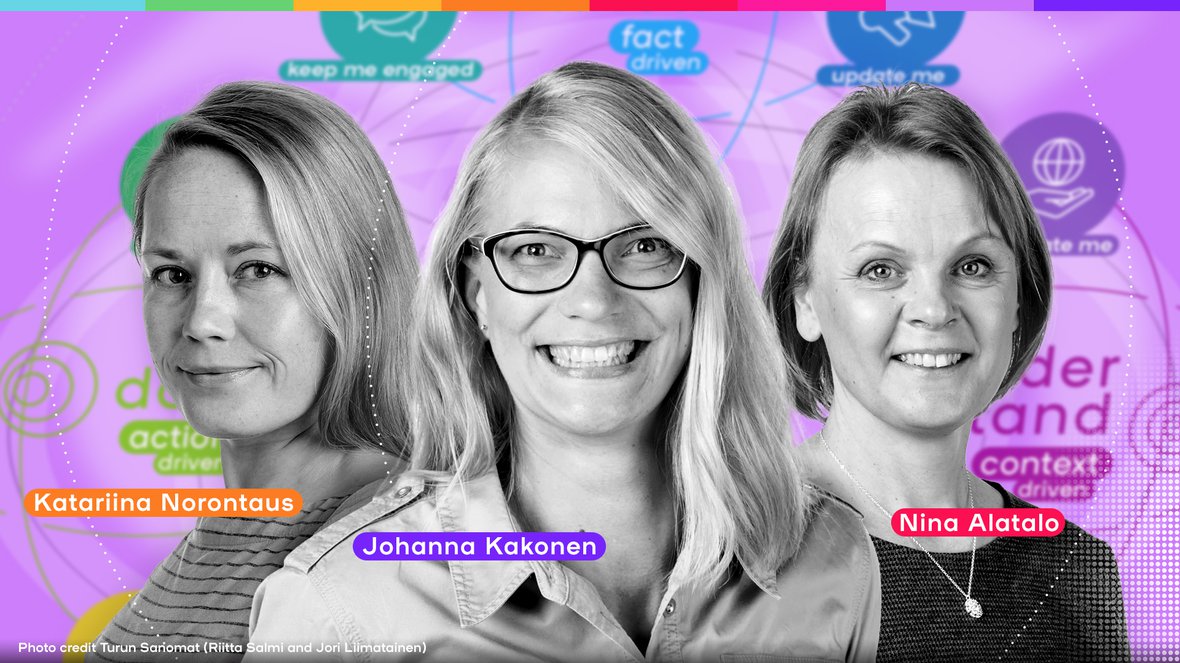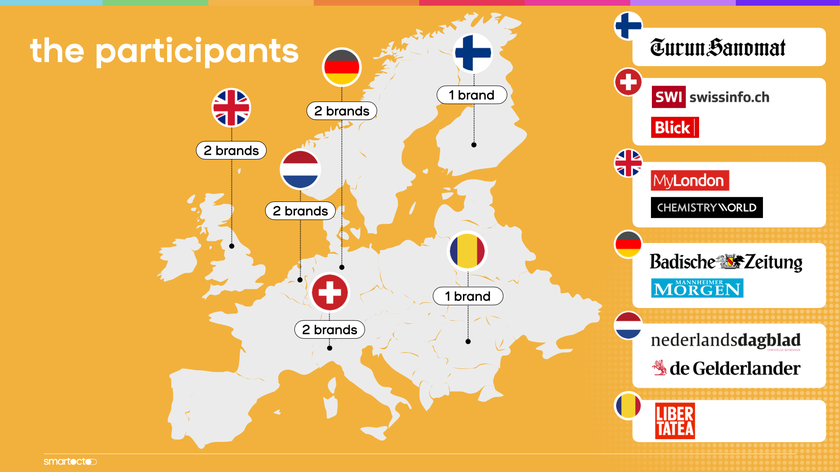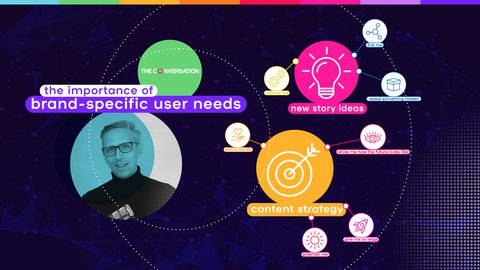The transformation of an editorial workflow usually comes with its own bumps and challenges. A team from the Finnish news website Turun Sanomat sought assistance from other media organisations, and this proved liberating.
"I think everyone can relate when I say that so much is happening simultaneously in a newsroom," says data and research analyst Nina Alatalo. "In addition to journalistic craftsmanship, all sorts of data come in, and you need to respond to it appropriately. When you also have to implement the methodology of a model, it can be scary for some colleagues."
The Turun Sanomat user needs team
- Katariina Norontaus, online producer
- Johanna Käkönen, digital producer
- Nina Alatalo, data and research analyst
Turun Sanomat is the leading regional newspaper in Southwest Finland. The website attracts 2 million visitors per month and approximately 6 million pageviews per month.
---------------------------------------------
After smartocto introduced the User Needs Model 2.0 last year, numerous media outlets approached its editorial data analysis bureau for help with their own transformations. The research shows that most news publishers are not sufficiently aligning their online content with their audience's needs. The model provides tools to frame and execute stories in ways that resonate better with news consumers.
"Of course we understand that just handing over a very comprehensive model and wishing everyone all the best with implementing it into their newsroom was hardly going to be a victory road." says smartocto CMO Rutger Verhoeven. "But we realised quite quickly that we had underestimated all the questions that newsrooms had regarding implementation, behavioural change and so on. That's why we decided to put these people together in User Need Labs. We have now managed to get FT Strategies to take over the consultancy aspect. The second round of the programme starts in April."
(you can still enter the programme, sign up here)
What is behind the success of a story?
Turun Sanomat was one of ten European news media participating in the first round of the User Needs Labs. It was much needed, says digital producer Johanna Käkönen. “In meetings, it's very difficult to know for sure and reach a consensus about why a particular article was well-read and what we should do with it. 'What is behind the success of the story here?' remained a tough question to answer. So, there is indeed a need in the newsroom to give data analysis more substance. Editorial teams are looking for more quality insights - I mean more engagement data, for example. The question is just: how do you get an entire company to adopt a different way of working and incorporate it into their daily routine.”



